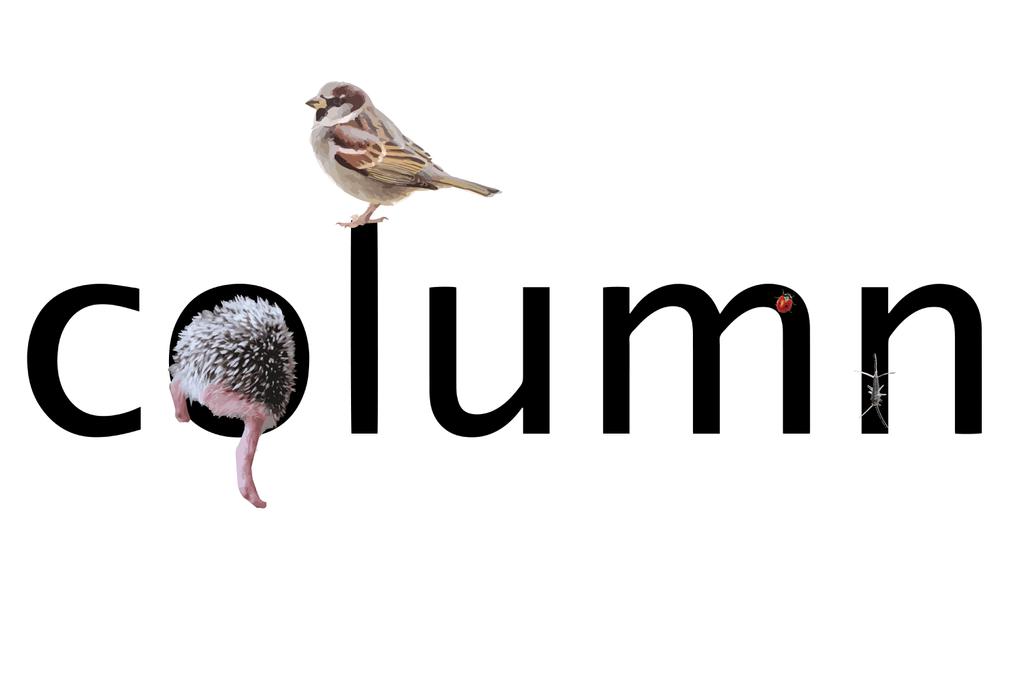Recently, evolutionary biologist Menno Schilthuizen visited our office to lecture about his book ‘Darwin Comes to Town’ (2018). Schilthuizen illustrated that contemporary, highly dense cities are at all levels rich nature biotopes as well, full of mammals, birds and insects. Urban features such as noise, light pollution and petrification urge city species to constantly adapt however. And in the end, to develop differently than their rural counterparts.
As designers, we can contribute to a versatile city nature. For this, it is important, among other things, to connect green zones in the urban tissue. Although green islands and pockets often lead to unusual specializations in species as well.
Recent studies show that bee hives placed as a measure against the decline in insect numbers actually form a threat to biodiversity. This is because the hungry swarms of imported honeybees monopolize food supplies and displace the over hundreds of species of bumble bees and wild bees. This way, ‘hipster beekeepers’ unintentionally shrink biodiversity: their well-meant actions have no regards for the larger ecological cohesion.
We see this lack of thinking in terms of systems in more areas. For example with regard to our energy supply, the politicians in The Hague still focus on biomass in the form of imported wood pellets. This while a variety of experts connected to institutions from Greenpeace to the European umbrella of scientists EASAC warn for the demonstrably harmful effects, which range from massive deforestation to CO2 increase, decrease of biodiversity and competition for land between food and wood production.
Construction currently has an overly one-sided focus on (bijna) energieneutrale gebouwen, (B)ENG. (In English: (nearly) energy-neutral buildings. The Dutch ENG is an abbreviation, but as a word, it also translates into ‘narrow’). The focus on energy limitation however has a strong influence on other building aspects, such as the incidence of daylight, the quality of the indoor climate and the adaptability. Material efficiency and the origins of raw materials are also disregarded.
The lesson learned from these examples, is that we should constantly consider the entire system. Thinking ENG (narrowly) can cause great damage in the long run: to public health, to economy and to ecology.
Ronald Schleurholts, architect partner cepezed
Cobouw, March 2nd, 2020
narrow thinking
